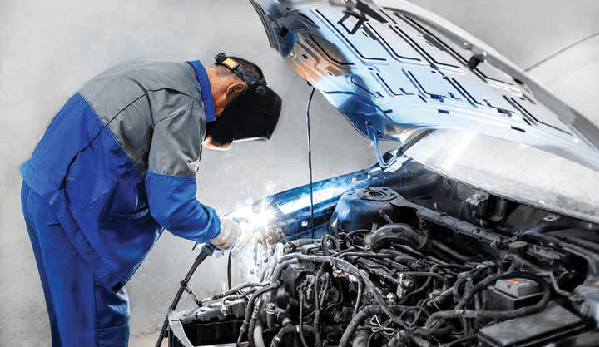Businesses weighing up whether to lease or buy equipment will likely be able to draw up a long list of pros and cons for each respective approach, and it is well worth assessing the range of options available before deciding one way or another.
Workshops routinely require a range of equipment to safely, efficiently and effectively carry out their work and whether to lease or buy will be determined by a variety of factors.
Of course, in making a decision, it is important to carefully consider individual business requirements – including how equipment will slot into day-to-day operations, and what sort of short and long-term value it will provide – in the context of financial circumstances.
Leasing And Buying: Pros And Cons
A pricey equipment purchase has the potential to make a big dent in the budget of a small business, and it simply may not be feasible to buy outright, with leasing providing access to equipment that might not otherwise be attainable.
However, rather than paying outright, there is also potential to secure a loan via different types of finance products, providing for gradual payment over a period of time, delivering businesses an alternative avenue towards ownership.
There are a range of factors to keep in mind, with the business.gov.au website pointing to the following plant and equipment leasing and buying pros and cons.
Leasing pros and cons:
- Pro – easier and quicker to update equipment
- Pro – smaller, regular payments, allowing for budgeting for equipment over a longer time
- Pro – the leasing company is usually in charge of fixing equipment that has issues due to normal wear and tear
- Con – total costs over time may be more than the upfront cost
- Con – no potential to sell equipment and make money back once the lease is finished
- Con – difficulty fixing equipment if disagreement arises over repair terms and conditions
Buying pros and cons:
- Pro – complete control over equipment required, not limited by the leasing company’s stock
- Pro – complete control over repairs and maintenance
- Pro – equipment can be sold when no longer required, allowing for partial cost recovery
- Con – expensive equipment may be unattainable, with a business having to settle for a lower-cost option
- Con – equipment repairs and maintenance costs, unless covered by a warranty or insurance
- Con – quickly outdated technology may be difficult to recover value back on, even if sold
As noted via business.gov.au, businesses should also keep in mind the potential tax benefits of each approach, such as claiming leasing costs as a tax deduction if equipment is used solely for a business or claiming depreciation costs as a tax deduction on purchased equipment.
Business Requirements And Finances
In assessing business requirements, it is worthwhile considering what sort of value new, regularly updated equipment will provide, the potential impacts of equipment downtime and the capacity to replace equipment. In assessing finances, it is important to adopt both a short and long-term perspective, and to keep in mind how costs can accrue over time. Finding the right balance will likely be an ongoing challenge as a business evolves – and, of course, as part of the process, it is worthwhile seeking external advice, such as from an accountant or business adviser, as to the best approach.
In our next instalment in this series we will talk to a finance company about the options small businesses have.



